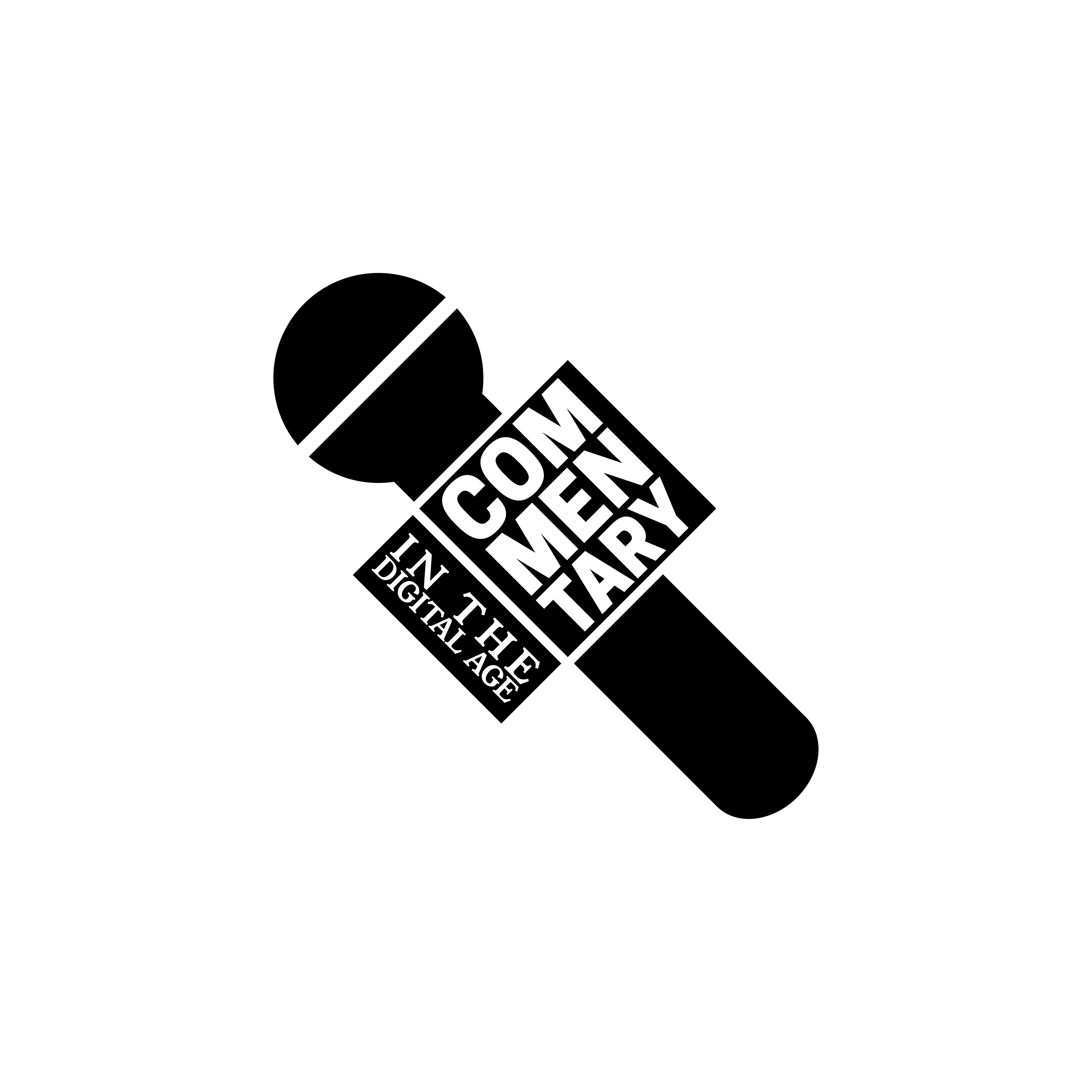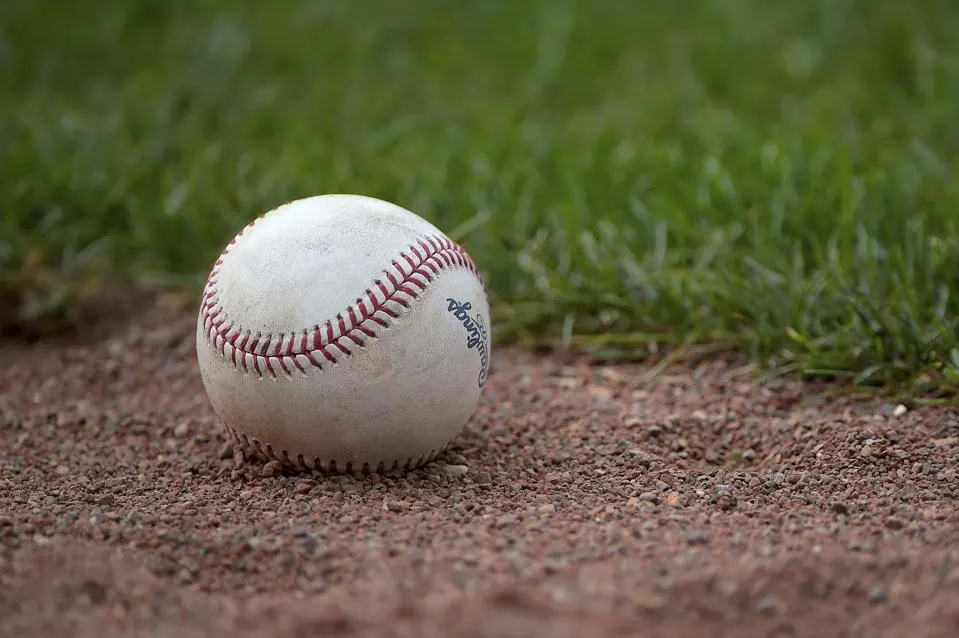Baseball, since its inception in the late 1800s, has been known as America’s pastime. It’s a backyard game parents love to play with their young children. It’s an affordable attraction at the major league level where families can enjoy sunny afternoons snacking on hot dogs and popcorn to their heart’s content.
However in recent years, baseball has become not just America’s pastime, but the ambition for several other regions of the world. International players from Japan and Latin America have flooded Major League Baseball to varying degrees of success.
Shohei Ohtani, much to the chagrin of Stephen A. Smith, is the current face of baseball. Especially now, playing in a top market with the Los Angeles Dodgers, Ohtani has reached a level of stardom most athletes dream of.
His fellow countrymen – and to lesser publicity, players from South Korea – have also found homes with high-profile teams, successfully transitioning from life on the Asian baseball circuit to life in the Show.
While Latin American athletes are just as celebrated there seems to be something different about the way they interact with MLB. The development of players varies from that in Japan, creating a system that appears much more exploitative and harmful for all parties involved.
For domestic players, an athlete is not able to enter the MLB Draft until after they finish high school. However, if a player chooses to go to college, they have to stay for three years before being draft-eligible again. Outside the United States, players as young as 16 can – and often do – sign professional contracts to begin developing in MLB farm systems. Some of the agreements are even verbally made with players as young as 13 and 14.
This phenomenon is most prevalent in the Dominican Republic. While many of the game’s top players and fan favorites represent the island nation – Juan Soto, Vladimir Guerrero Jr., Elly de la Cruz, Fernando Tatís Jr., etc – there are just as many young Dominican players being taken advantage of before ever leaving the island.
Throughout the years, solutions have been proposed to remedy the situation. The one option that continues to resurface is a draft for international players, but the idea has yet to come to fruition.
While it may be hard to see the negative impact on the surface, there is something deeply sinister about Major League ball clubs intentionally pursuing adolescents who likely don’t have the business knowledge to protect themselves. Additionally, few of the people around them are also looking out for their best interests. Some coaches and
trainers are just as complicit in the exploitation of these players as the scouts who find them.
The current system isn’t just hard on the young players financially. Physically it can also be detrimental. As teams look to enter agreements with players at younger and younger ages, trainers and coaches are pushing their physical boundaries to keep up. The expectations of what a teenager must be able to do to receive a contract have shifted significantly.
Trainers that produce top athletes get a cut of the signing bonuses from the players. Trainers will work with each other and the team scouts to try to secure the most lucrative outcome for themselves, even if it’s at the expense of the players.
As rules, such as spending caps, have been introduced to curb corruption, the people who have been hit the hardest are still the young players. If clubs over-promise money before athletes are eligible to be signed they can go back on their word however they please, and often do. The exorbitant amounts of money promised to 14-year-olds, have suddenly decreased exponentially by the time the player turns 16 and can officially sign his contract.
It’s an unfortunate reality for a sport that’s struggled with mismanagement of players domestically. As the 21st century has gone on, America’s pastime has escaped innercity and impoverished communities. The established systems of club teams and travel ball have taken attention away from athletes competing for their respective high schools.
Additionally, the pricey enrollment fees for those teams, in addition to the “necessary” extra training sessions to keep up with other kids have priced certain demographics, particularly African Americans, out of the sport at a younger age. It’s not that Black kids don’t want to play baseball, it’s that they can’t afford it.
To combat this issue, MLB introduced its Nike RBI (Reviving Baseball in Inner-Cities) program, which is intended to provide urban communities with opportunities to play baseball, and softball for young girls. It’s been around since 1989 and has expanded and grown in the last three and a half decades.
Now MLB is presented with a new challenge to show the kids in the Dominican Republic and Latin America that they matter regardless of how fast they can throw a fastball or how far they can hit an inside curveball.
Baseball may be America’s pastime, but that doesn’t mean it doesn’t have a responsibility to take care of its international players, just as much as it does its American athletes.


